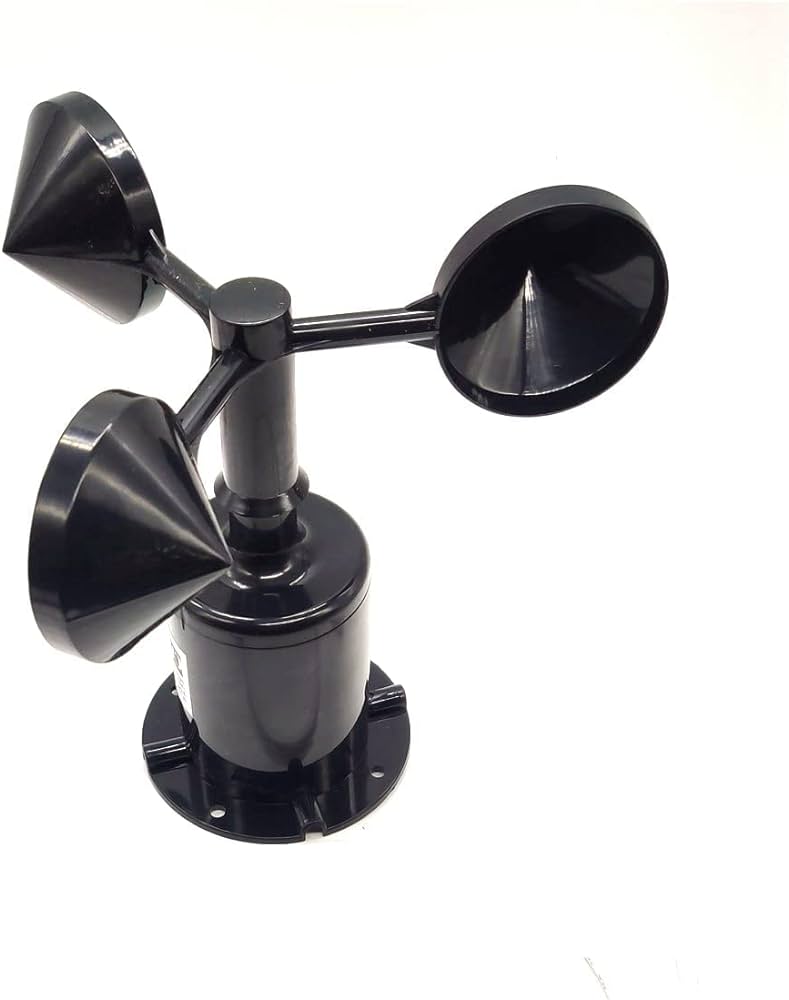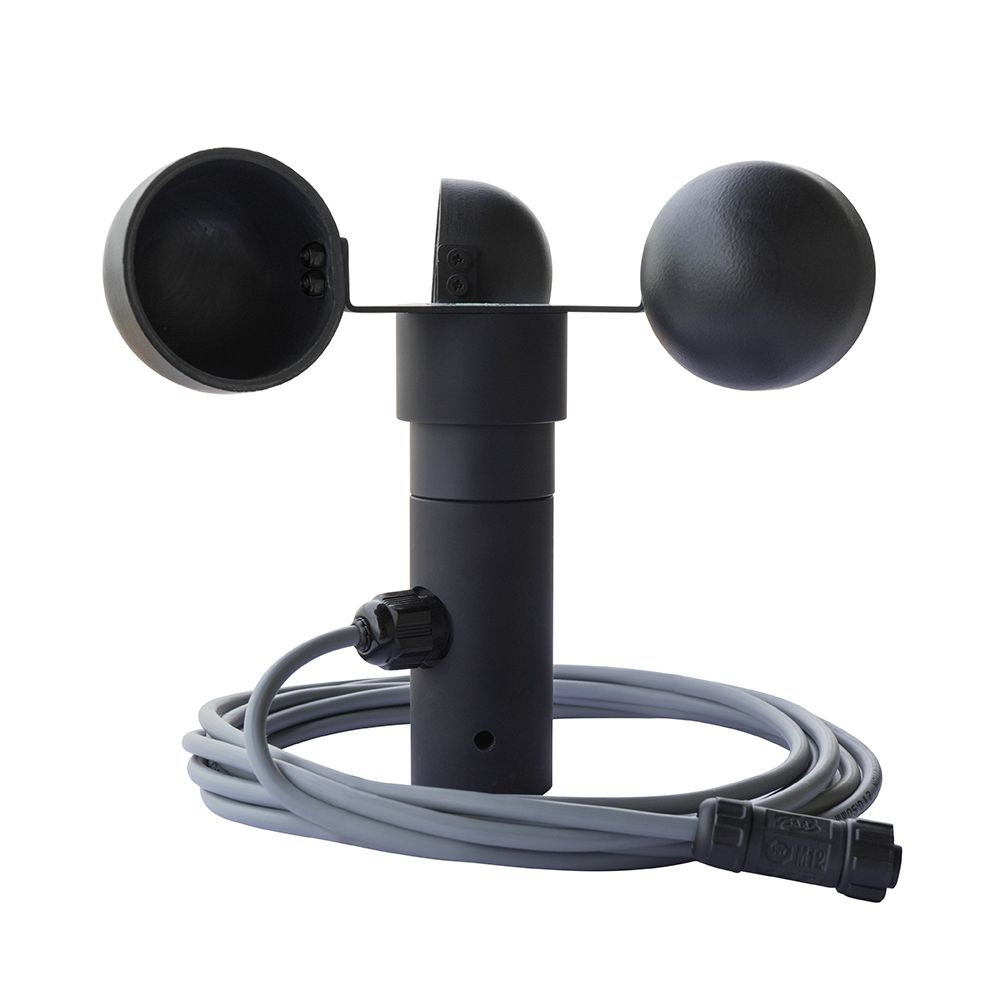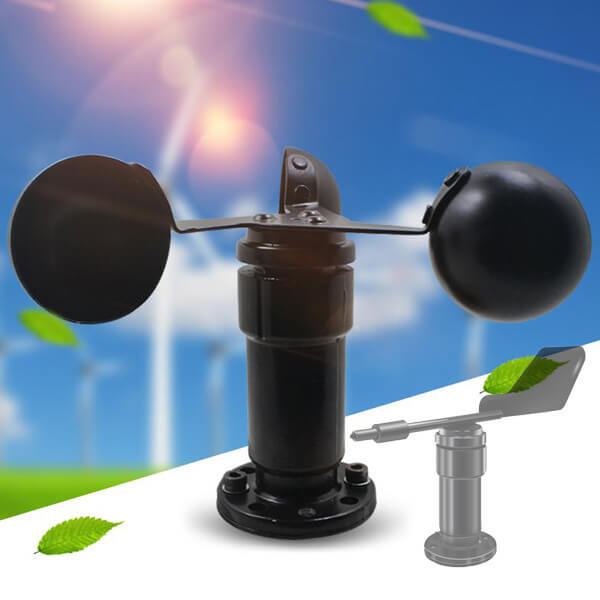
From the gentle breeze that caresses our faces to the powerful gusts that whip through trees, wind is an ever-present force in our world. It shapes weather patterns, drives renewable energy sources, and influences countless human activities. Understanding and monitoring wind speed is therefore essential for a wide range of applications, from ensuring safety and optimizing energy production to advancing scientific research. This is where wind speed sensors emerge as indispensable tools, providing accurate and reliable measurements of this dynamic force.
Unveiling Wind Speed: A Measure of Wind’s Velocity
Wind speed, simply put, is the rate at which air moves from one place to another. It is typically measured in meters per second (m/s) or miles per hour (mph). Wind speed is influenced by a complex interplay of factors, including pressure differences between air masses, air temperature, the Earth’s rotation, and local topography.
Historically, wind speed was estimated using the Beaufort scale, a qualitative system devised by Admiral Sir Francis Beaufort in the early 19th century. This scale, based on observed effects like wave height and tree movement, provided a general indication of wind strength but lacked precision.

Applications of Wind Speed Sensors: A Versatile Tool
In today’s world, wind speed sensors have become indispensable tools across a diverse range of fields. In meteorology, these sensors play a crucial role in weather forecasting and understanding atmospheric dynamics. Accurate wind speed measurements are essential for predicting storms, tracking wind patterns, and issuing timely warnings for hazardous weather conditions.
Renewable energy, particularly wind power, relies heavily on wind speed sensors. These sensors are used to monitor wind conditions at potential wind turbine sites, ensuring optimal turbine placement and maximizing energy generation. By measuring wind speed and direction, wind energy operators can adjust turbine pitch and blade rotation to extract the most energy from the available wind resource.
Aviation safety is another area where wind speed sensors are paramount. Pilots and air traffic controllers rely on accurate wind speed data for safe takeoff, landing, and navigation. Wind speed can significantly impact aircraft performance, affecting lift, drag, and fuel consumption. Understanding wind conditions is crucial for making informed decisions during flight operations and minimizing risks.
In construction and engineering, wind speed sensors are used to assess wind loads on structures, ensuring their stability and safety. Wind can exert significant forces on buildings, bridges, and other structures, and accurate wind speed measurements are essential for designing structures that can withstand these forces.
Wind speed sensors also find applications in sports and recreation, particularly activities like sailing, windsurfing, and kite flying. These sensors provide wind speed readings that help participants choose appropriate equipment, assess conditions, and optimize their performance.

The Significance of Wind Speed Monitoring: Gaining Insights into Wind Patterns
Monitoring wind speed not only provides real-time data for immediate applications but also offers valuable insights into long-term wind patterns. This information is crucial for various purposes, including:
-
Early warning systems: Wind speed monitoring is essential for developing effective early warning systems for high winds, storms, and potential hazards. By tracking wind patterns, authorities can issue timely alerts and warnings to communities, allowing people to take precautionary measures and protect themselves from harm.
-
Environmental monitoring: Wind speed data plays a significant role in environmental monitoring, helping us understand air quality, pollution dispersion, and climate change. Wind patterns can influence the transport of air pollutants, and understanding these patterns is crucial for developing effective air quality management strategies.
-
Industrial applications: In various industries, wind speed monitoring is used to optimize processes that rely on wind, such as ventilation and cooling systems. For instance, in factories and warehouses, wind speed sensors can control ventilation fans to maintain comfortable working conditions and reduce energy consumption.
-
Agricultural practices: Wind speed monitoring is beneficial for agricultural practices, particularly in irrigation systems and crop protection. Wind speed data can be used to optimize irrigation schedules, ensuring efficient water usage and preventing crop damage from strong winds.
-
Research and development: Wind speed sensors are indispensable tools for research and development in various fields, including wind energy, meteorology, and climate science. By collecting and analyzing long-term wind speed data, researchers can gain insights into wind patterns, resource potential, and the impacts of climate change.

Types of Wind Speed Sensors: Measuring the Wind’s Force
A variety of wind speed sensors are available, each with its own strengths and limitations. The choice of sensor depends on the specific application and the desired level of accuracy and reliability. Some common types of wind speed sensors include:
-
- Cup anemometers: These sensors utilize rotating cups to measure wind speed based on the principle of relative motion. The speed of the rotating cups is proportional to the wind speed.
- Ultrasonic anemometers: Employing ultrasonic pulses, these sensors measure wind speed by calculating the time difference between pulses sent upstream and downstream. This method provides high accuracy and is less affected
by wind direction compared to cup anemometers.
- Hot-wire anemometers: These sensors measure wind speed by sensing the cooling effect of air on a heated wire. The rate of cooling is proportional to the wind speed and offers high sensitivity for measuring low wind speeds. However, they are delicate and require careful calibration.
- Pitot tubes: These sensors utilize the principle of fluid dynamics to measure wind speed based on the difference in pressure between two points. One point faces directly into the wind, while the other is positioned at a right angle. This method is commonly used in aircraft to measure airspeed.
- Lidar anemometers: These innovative sensors use laser beams to measure wind speed remotely, particularly over long distances. They are well-suited for measuring wind profiles in the atmosphere and studying wind patterns across large areas.
Factors to Consider When Choosing a Wind Speed Sensor: Selecting the Right Tool
Selecting the right wind speed sensor requires careful consideration of various factors:
-
Accuracy and reliability: The sensor should provide precise and consistent wind speed measurements that meet the needs of the application.
-
Measurement range: The sensor’s measurement range should be suitable for the expected wind speeds in the intended environment. Some sensors may not be suitable for very high or very low wind speeds.
-
Operating environment: The sensor’s ability to withstand environmental conditions like temperature, humidity, and exposure to dust or debris is crucial.
-
Response time: The sensor’s response time, which is the time it takes to register changes in wind speed, should be appropriate for the application. Some applications require sensors with very fast response times.
-
Data transmission and output: The sensor’s compatibility with data transmission and output options is important. Some sensors offer analog or digital signals, while others may have wireless data transmission capabilities.
Installation and Maintenance of Wind Speed Sensors: Ensuring Optimal Performance
To ensure accurate and reliable measurements, proper installation and maintenance of wind speed sensors are essential:
-
Proper installation: The sensor should be mounted in an unobstructed location, free from turbulence caused by buildings or other structures. This allows the sensor to measure the true wind speed.
-
Regular calibration: Periodic calibration of the sensor is crucial to maintain its accuracy. The calibration frequency depends on the sensor type, operating environment, and desired level of accuracy.
-
Protective measures: Taking steps to protect the sensor from extreme weather conditions, physical damage, and corrosion is essential for ensuring its longevity and performance.
-
Data management: Establishing a system for collecting, storing, and analyzing wind speed data is necessary to utilize the information effectively. This may involve using data loggers, software tools, and data visualization techniques.

Challenges and Limitations of Wind Speed Sensors: Addressing Measurement Issues
Despite their vast benefits, wind speed sensors face certain challenges and limitations:
-
Accuracy in complex environments: Measuring wind speed accurately in complex environments with gusty winds or turbulent airflow can be challenging. Proper sensor selection and installation techniques can help mitigate this issue.
-
Extreme weather conditions: Extreme temperatures, high humidity, or harsh weather events like hail or ice storms can affect sensor performance. Selecting sensors designed for the intended environment is crucial.
-
Data interpretation: Wind speed data needs to be interpreted in the context of the specific application. Factors like wind direction, gusts, and local topography can influence the impact of wind speed.
-
Sensor calibration and maintenance: Regular calibration and proper maintenance are essential for maintaining data quality. Failure to do so can lead to inaccurate wind speed measurements.
The Future of Wind Speed Sensors: Advancing Measurement Technology
The future of wind speed sensors is bright, with continuous advancements in technology leading to enhanced capabilities:
-
Enhanced accuracy and sensitivity: New sensor technologies are being developed to offer even higher accuracy and sensitivity for measuring wind speed, providing more precise data for various applications.
-
Miniaturization and integration: Sensors are becoming smaller, lighter, and more integrated, making them suitable for a wider range of applications, including integration with drones and mobile weather stations.
-
Wireless communication and data logging: The incorporation of wireless communication capabilities and data logging features will enable remote monitoring and analysis of wind speed data, improving efficiency and accessibility.
-
Smart sensors and machine learning: Integrating smart sensor technology and machine learning algorithms into wind speed sensors will allow for real-time insights, predictive analytics, and improved decision-making in various fields.